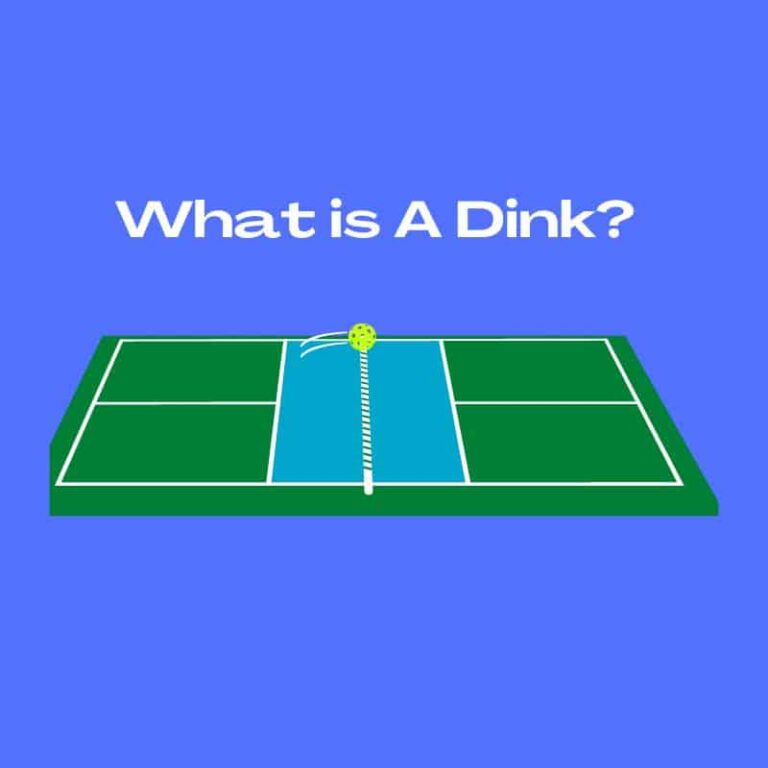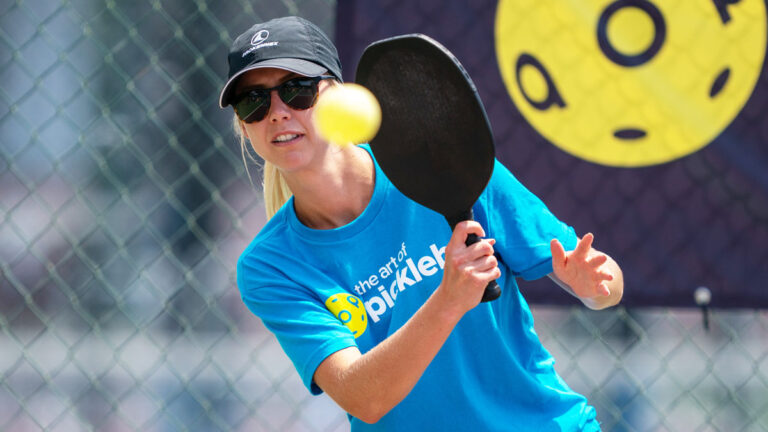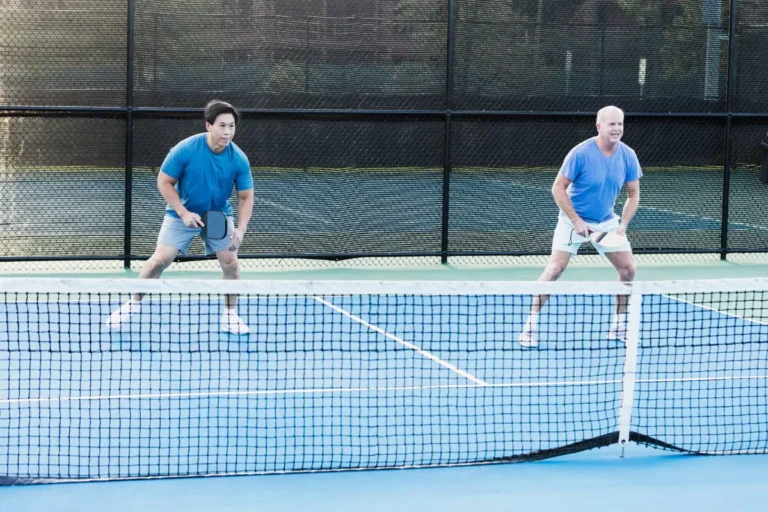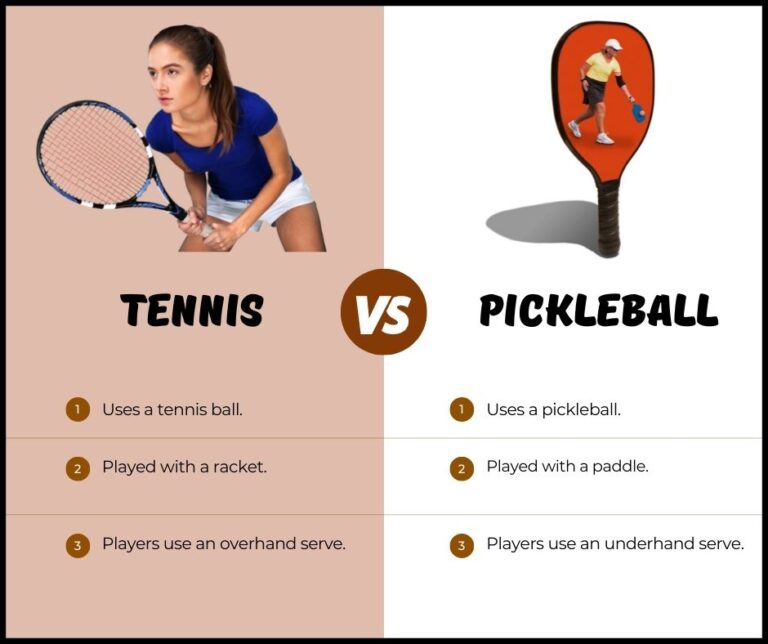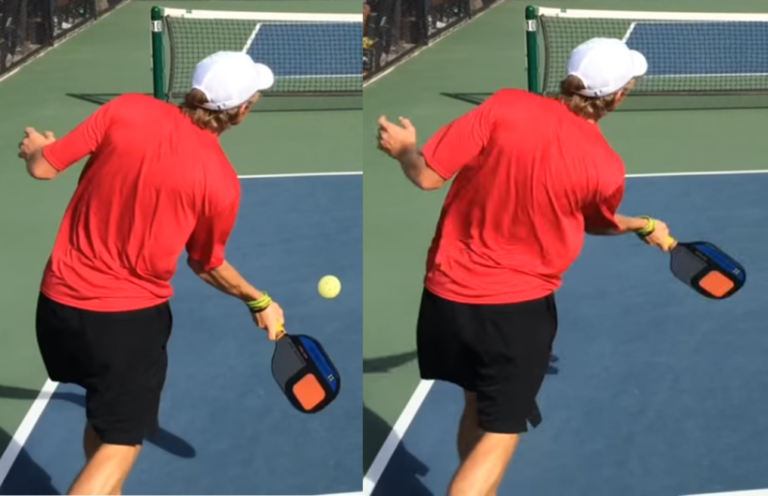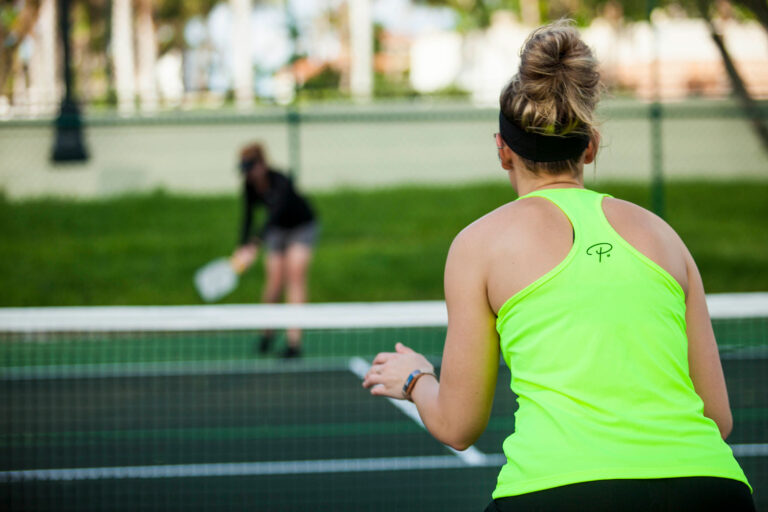Mastering the Importance of the Third Shot in Pickleball Strategy
In pickleball, mastering the importance of the third shot is crucial for transitioning effectively from the baseline to the net. This strategic play not only evens the odds against net-positioned opponents but also sets the pace of the game. Perfecting this shot involves understanding its timing, trajectory, and the critical role it plays in court positioning, essential for both offensive and defensive maneuvers in high-level play.
Key Takeaways:
- The third shot drop is a critical strategic weapon for transitioning the attack from baseline to net in pickleball
- Mastering it allows serving teams to wrestle back control and gain the strategic upper hand against opponents at the net
- Proper execution requires precise spin, touch, and swing mechanics engaging the hips, shoulders, and follow-through
- Knowing situational tactics – when to fire the third shot and when to mix in alternatives like drives and lobs – is crucial
- Consistent practice, studying pro techniques, and court awareness can elevate third shot mastery and court positioning
Understanding the Third Shot
While often overshadowed by thunderous overhead smashes, the third shot drop is quietly crucial for every pickleballer looking to elevate their strategic court prowess. By mastering this subtle gem, you unlock a pathway to dictate the flow of play and tilt any point squarely in your favor.
So allow me to play Virgil as we explore the nuanced depths of the third shot drop and why it deserves some serious reverence in your game.
Definition and Basic Mechanics
But first, a working definition: the third shot drop is a deceptive little number meant to trickle over the net and land softly in that taunting no-man’s-land known as the opponent’s kitchen.
To pull it off, you’ll need to engage a few key mechanics beyond just a wild windmill swing. We’re talking a coordinated symphony of:
- Hip Rotation: Don’t go thrusting those hips like an overenthusiastic salsa dancer. A controlled hip turn is what generates the shot’s spin and power.
- Shoulder Uncoil: As those hips rotatate, allow your shoulders to fluidly uncoil along the desired swing path. Basically, don’t be robotic.
- The Soft Touch™: You’re aiming to kill the ball’s velocity, not your opponent’s will to live. An deft finesse of touch is required for that coveted soft landing.
Blend these elements masterfully, and you’ll produce a shot so arcing and devilish that it deserves a slow-motion video review (which your opponents most certainly won’t want to relive).
Strategic Importance in Game Dynamics

Now that we’ve covered the mechanics, let’s dig into why the third shot is such a vital strategic maneuver for ambitious picklers:
For starters, it neutralizes one of your opponents’ biggest advantages – being that obnoxious first kid to swarm the net and smother any action. With a well-struck third shot drop, you force those net bullies into an uncomfortable retreat, buying you and your partner valuable time to mount your own net-fronting campaign.
Moreover, the third shot acts as a rally reset button when you find yourself constantly defending or pinned back at the baseline. One cheeky little drop can abruptly stem the momentum and let you regain the offensive initiative.
Ater all, you can only withstand so many back-and-forth baseline blitzes before your legs start burning like you chugged a gallon of lava. The third shot offers a much-needed court repositioning without having to instantly try blasting your way to the net.
Technical Execution of the Third Shot
Ideal Conditions for the Third Shot Drop
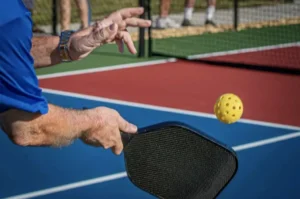
Of course, sound strategy is knowing not just how to hit every shot in the book, but when to selectively employ each one. The third shot drop definitely has its optimal conditions where it shines brightest:
| Court Positioning | Player Alignment | Environmental Factors |
|---|---|---|
| You and your partner set up around the baseline area after returning serve | Opponents have pushed forward and are lurking ominously at the no-volley line | Breezy conditions may call for adjustments in spin applied or shot depth |
That baseline-to-net alignment, with your foes already creeping into the attack position, is essentially the batters box from which you want to launch your third shot offensive. Time it right, and you’ll disrupt their defensive set point and force an uncomfortable retreat.
On the other hand, trying to drop a third shot when you’re the ones chillin’ near the net is probably not the wisest tactic. Nor is randomly firing them off when your opponents are still lingering at the baseline themselves. Being mindful of court positioning and player alignment is key.
Common Pitfalls and How to Avoid Them
Here’s the bummer about third shot drops – they’re arguably the trickiest shot in pickleball to master consistently. Tiny miscues in execution can turn your sneaky drop into either a doomed.net-buster or a juicy lob for your opponents to punish.
The two biggest culprits stranding many third shot drop attempts:
- Going Sky High: We’ve all done it – you go for one of those maddening arcing moon-balls that enters a stable orbit around the sun before finally crash landing somewhere in Canada. The solution? Focus less on clearing the net and more on imparting an optimal peak trajectory over the box.
- The Dreaded Net-Buster: The anguished cry of “Oh no, not again!” as your drop shot attempt gets swallowed whole by the unforgiving net. When this happens, it usually stems from opening your racket face too soon or failing to properly brushed under the ball’s path. More reps brushing UP through the hitting zone can eliminate these heartbreaking flubs.
With enough focused, targeted practice (more on specific drills later), you can absolutely overcome these common inconsistencies and start dropping pickleball sorcery on the regular.
Tactical Scenarios and Decision Making

When to Unleash the Third Shot Drop…and When to Holster It
As a crafty pickleball strategist, you can’t just be a one-trick third shot dropping pony out there. True court mastery means developing a keen sense of situational tactics – knowing precisely when the third shot is your best option versus pulling an alternative move from your basket of tricks.
| The Optimal Third Shot Scenario | When to Adjust Your Strategy |
|---|---|
| You’ve served and returned to the baseline area, while opponents have transitioned up to the no-volley zone, smacking their lips in anticipation | Their return happens to be a looping defensive lob or even a risky short ball dribbling into your own kitchen territory |
In that first scenario, busting out the third shot to disrupt their settled position and neutralize their net advantage is absolutely the play. You’re essentially pressing “reset” on the point while throwing them a strategic curveball.
But in that second scenario, randomly trying to drop a third soft shot could prove disastrous if their return was on the defensive, shorter side. In those cases, the wiser option may be flipping an aggressive drive or lob of your own to regain control of the back court area.
The sign of a true pickleball grandmaster is keeping a level head and adapting your shot selections based on the geometry of where you, your partner, and opponents are currently positioned.
Alternative Tactics to Mix It Up
While the third shot reigns supreme under the right circumstances, any grizzled court veteran will preach the importance of maintaining an arsenal of tactical alternatives to cycle through:
- The Controlled Drive: If those pesky opponents are still camped back near their own baseline after the serve return, pelt a searing yet placed groundstroke drive to keep them pinned back as you look to set up your net attack.
- The Defensive Lob: When you’re the one caught defensively on your heels, don’t be afraid to re-set the point by lofting a high-bouncing topspin lob back over their heads. It may not be the most thrilling play, but it beats mindlessly banging back poor returns straight into the net.
- The Sneaky Crosscourt Angle: And who can forget that player dastardly enough to occasionally mix in a deviously angled crosscourt blast? Catching over-committed opponents leaning the wrong way is oh-so-satisfying.
Developing a balanced, unpredictable blend of drop shots, drives, lobs, and angled winners is the mark
Here is the conclusion to finish off the expanded article:
Conclusion
In the world of pickleball, blocking is more than just a defensive tactic – it’s an art form that requires finesse, strategy, and unwavering determination. By mastering the five essential techniques we’ve discussed, you’ll transform yourself from a mere spectator into a formidable force on the court, capable of deflecting even the most challenging shots with the grace of a matador and the poise of a seasoned warrior.
The journey to becoming a blocking maestro is not an easy one, but with dedication, practice, and a willingness to embrace the mindset, you’ll soon find yourself wielding your paddle like an extension of your own body, effortlessly neutralizing your opponent’s attacks and dictating the rhythm of the game.
Remember these key elements:





Implement these techniques diligently, cultivate the supporting skills of anticipation and mental fortitude, and the pickleball court will become your canvas, where you paint masterpieces of defensive brilliance with every blocked shot.
So, dear picklers, embrace the art of blocking, and let your defensive prowess shine. The court awaits, and your journey towards pickleball greatness begins now. Serve it up, and get ready to block like a pro!

